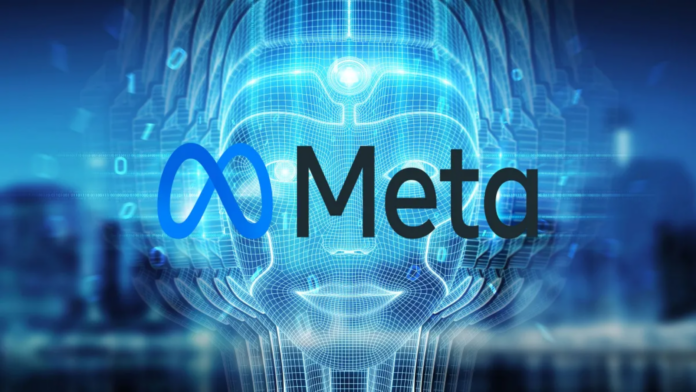Meta, in a dynamic response to the evolving AI landscape, has recently introduced a groundbreaking image generation tool named ‘Imagine with Meta.’ This standalone generative AI platform, inspired by similar technologies like OpenAI’s DALL-E, Midjourney, and Stable Diffusion, offers users the ability to transform textual descriptions into high-resolution images. A notable aspect of ‘Imagine with Meta’ is its accessibility—it’s currently available free of charge to users in the United States, providing four images for every prompt.
The intrigue around ‘Imagine with Meta’ is heightened by its use of Meta’s established Emu image generation model. Users can now experiment with creating vivid and unique images through the simplicity of natural language prompts. This feature was initially enjoyed within chat applications, but Meta has now expanded its reach, making it accessible on the web for a broader audience. The expansion signifies Meta’s dedication to enhancing user experience and exploring the realms of creative digital content.
However, Meta’s venture into image generation hasn’t been without its challenges. The company previously faced criticism over AI biases, particularly with its racially biased AI sticker generator. Such historical concerns raise questions about the safeguards implemented in ‘Imagine with Meta’ to prevent similar issues. As the tool gains wider usage, it will be critical to observe how Meta addresses these potential pitfalls.
In an effort to promote transparency and accountability, Meta plans to introduce watermarks to the content generated by ‘Imagine with Meta.’ This move, expected in the coming weeks, aims to increase content traceability. These watermarks, while initially visible, will evolve into an invisible format, detectable through a special AI model. The commitment to watermarking reflects a broader trend in the tech industry, where companies are increasingly adopting AI-based watermarking standards and technologies to distinguish AI-generated content.
Such watermarking techniques are not new in the realm of generative art. Various companies, including French startup Imatag and Steg.AI, have developed tools to embed resilient watermarks that withstand common image manipulations. Tech giants like Microsoft and Google have also embraced similar technologies. This trend is further evidenced by agreements between companies like Shutterstock and Midjourney to embed markers in their AI-generated content.
The need for clear demarcation of AI-generated content is becoming increasingly crucial, especially in light of recent incidents involving Deepfakes and AI-generated images that bypass filters. In response to these challenges, regulatory bodies worldwide are stepping in. For instance, China’s Cyberspace Administration has introduced regulations requiring generative AI vendors to mark their content clearly. Similarly, in the U.S., recent Senate committee hearings highlighted the importance of transparency in generative AI, including the use of watermarks.
As ‘Imagine with Meta’ rolls out to a wider audience, it represents not only a leap forward in AI-driven creative expression but also a test of Meta’s commitment to ethical AI practices. The tool’s success will depend not only on its technological prowess but also on how well it navigates the complex terrain of AI ethics and user trust.
In conclusion, ‘Imagine with Meta’ marks an exciting chapter in Meta’s AI journey, offering immense potential for creative expression. Yet, its true impact will be measured by how it balances innovation with responsibility, ensuring that the AI-driven future is both imaginative and grounded in ethical practices. As the world of AI continues to evolve, ‘Imagine with Meta’ will undoubtedly be a key player to watch.











